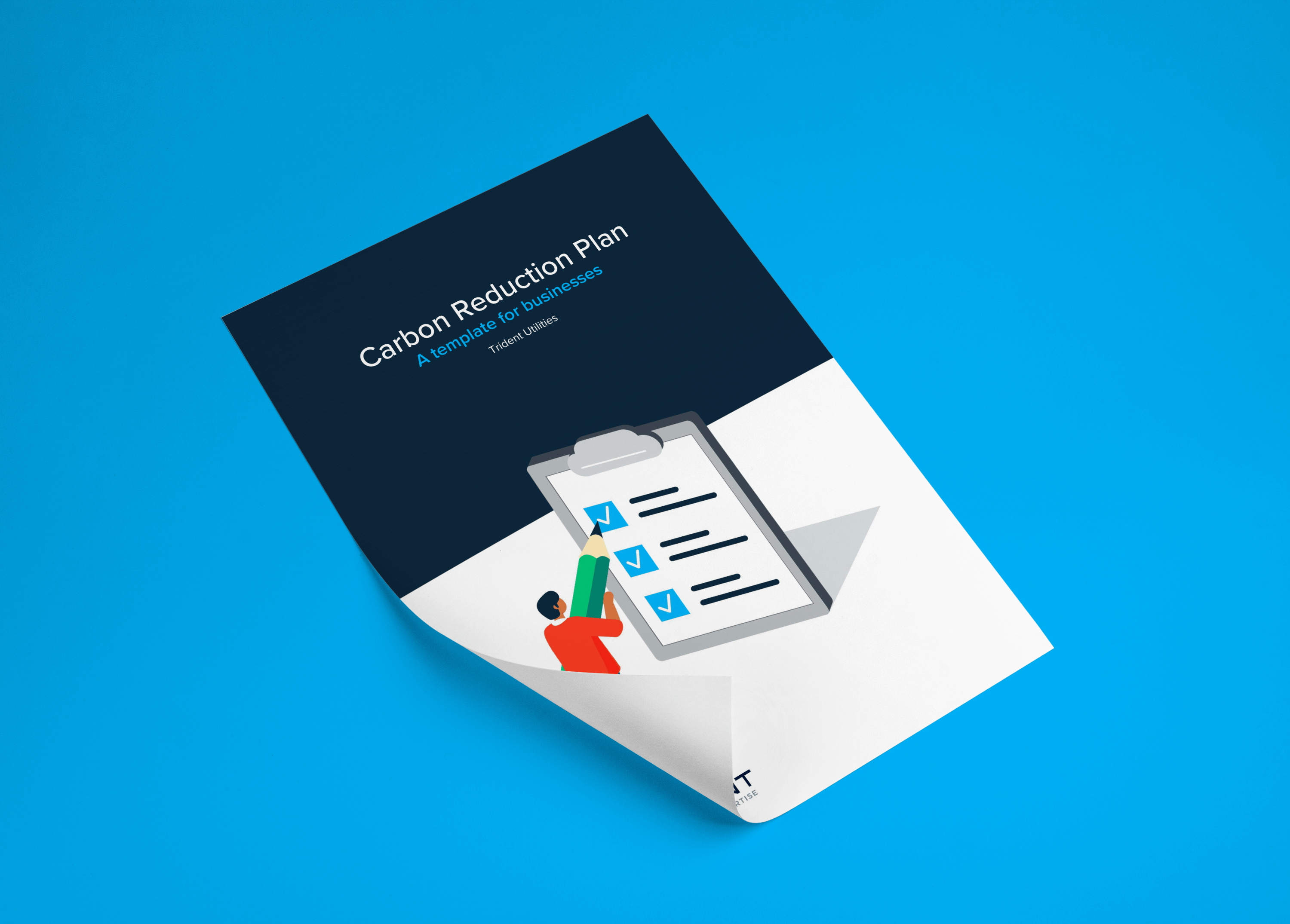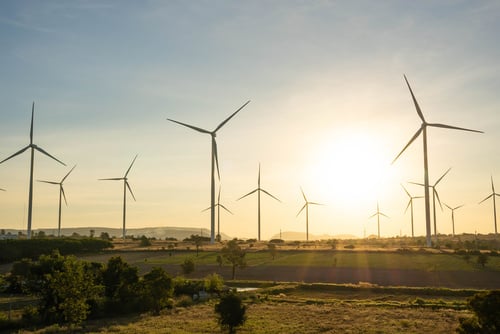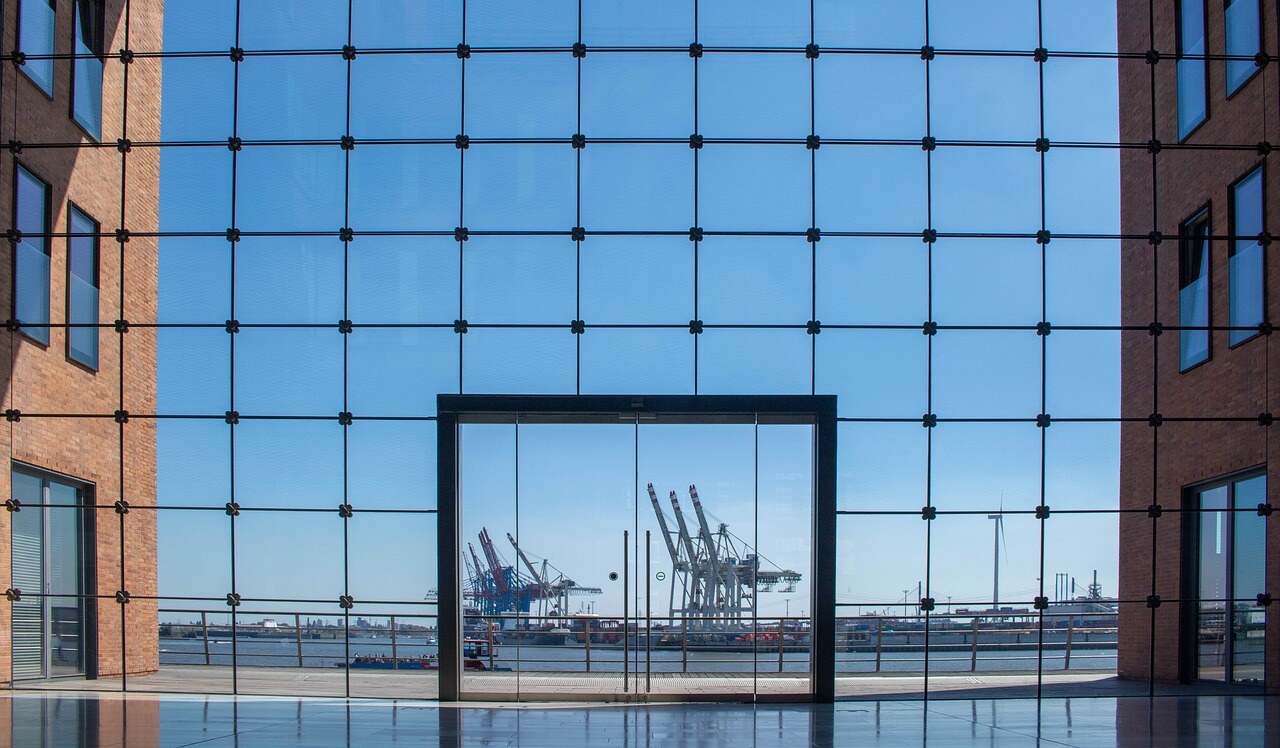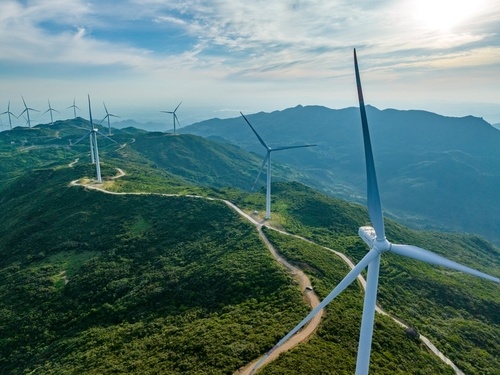
Getting started with carbon reduction
In an age of growing environmental concerns, businesses in various sectors are under heightened scrutiny for their carbon footprints and emissions data. Food and beverage manufacturers are especially affected, holding significant responsibility in the global supply chain and facing increasing pressure to embrace eco-friendly practices
This article aims to help food and beverage manufacturers navigate the complexities of mapping and reducing carbon footprints.
How can manufacturers begin this journey?
The first step to consider is mapping the current emissions from your operations. It’s vital to a carbon reduction journey to first scope out where you are starting from. Many businesses already have a good idea of their Scope 1 and 2 emissions, but Scope 3, including supply chain engagement, full lifecycle emissions and wider ranging emissions from the likes of transport, capital goods, and import and export, can be particularly complex.
Engaging with carbon specialist consultancies allows manufacturers to begin this journey under expert guidance, taking it step by step in manageable segments. Carbon accounting software can clearly show and report your progress to your Net Zero goals. When accurate data from your supply chain is unavailable, your consultant can utilise government-approved conversion factors. These factors help estimate emissions based on purchasing information, quantity, activity type, and more.
The important thing in this time of additional pressure is taking the first step.
In conclusion, navigating the green maze of carbon footprints is not just an environmental responsibility, but a strategic, business critical process for food and drink manufacturers. By addressing inquiries from the supply chain, creating a comprehensive carbon reduction plan, and showcasing commitment to sustainability, manufacturers can not only meet the growing demands for environmental responsibility but also attract new business relationships, enable sustainable business growth and improve brand perception.
References:
[3] https://www.iso.org/standards/popular/iso-14000-family
[4] https://www.mckinsey.com/~/media/mckinsey/dotcom/client_service/epng/pdfs/unlocking%20energy%20efficiency/us_energy_efficiency_exc_summary.ashx
[5] https://www.nielsen.com/insights/2018/what-sustainability-means-today/

Free carbon reduction (CRP) template for businesses
Speed up your carbon reduction strategy by downloading our complimentary CRP template. Gain a thorough understanding of the essential components and pave the way towards achieving net zero emissions.
Complete the form below to receive your copy.
Schedule a no-obligation chat today!
Latest news
ESOS: Why the Environmental Agency penalises businesses
This blog explores some of the reasons why companies fall short and provide practical advice on how to avoid these pitfalls.
ESOS Action Plans: What do they include?
Starting from the third compliance period, the Energy Savings Opportunities Scheme (ESOS) introduced additional reporting requirements. After submitting your compliance notification, you must produce...
6 Key Energy Trends to Watch in 2025
The energy world is changing fast, and 2025 is shaping up to be another big year. Whether you’re a business leader, investor, or just someone keeping an eye on where the industry is headed, staying...
See how much we could save you
Please call our team on 0345 634 9500 or email us at info@tridentutilities.co.uk.






